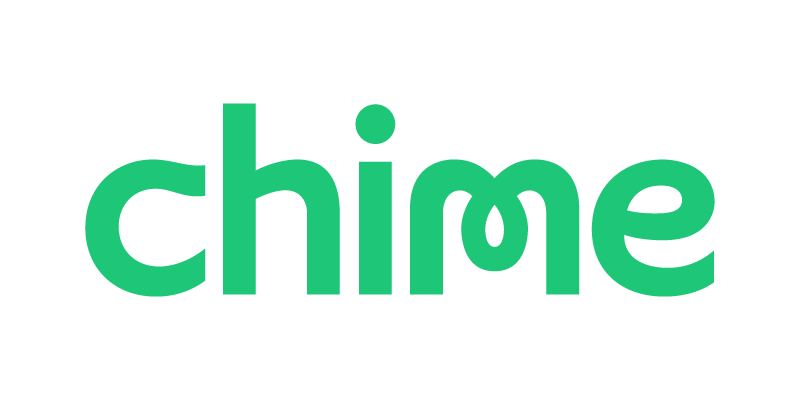Can You Buy Money Orders At The Post Office
Key takeaways
-
A money order is a safe alternative to cash or a personal check; it works like a check so you can cash it or deposit it into a bank account.
-
When using cash or personal checks put you at risk, or they aren't accepted for payment, you can use a money order instead.
-
You can use cash or a debit card to buy money orders at the post office, Walmart and Western Union.
How do money orders work?
A money order is a piece of paper that's a safe alternative to cash or personal checks. You specify who will receive the money order , and both you and that person must sign it for it to be valid, which cuts down on theft.
You also prepay for a money order , at a location such as a U.S. post office, Walmart or Western Union. Keep in mind that many have a $1,000 limit.
How can I buy a money order?
-
Have everything you need: Be prepared with cash or a debit card, the name of the payee and the amount you want to send. Paying with a credit card might be possible, but will usually cost extra.
-
Fill it out: In addition to the payee's name, you'll need to add your name (and maybe your address) and sign the money order. (For step-by-step instructions, check out NerdWallet's guide on how to fill out a money order .) Be careful to ensure that everything is accurate because you won't be able to change the information afterward.
-
Keep the receipt: The receipt will be a carbon copy of the money order or a paper slip recording the information entered on the money order.
-
Track your money order: Your receipt will also have a tracking number that you can use to verify that the money order got to the intended recipient. If any problems arise, contact the place where you bought the money order to get help.
NerdWallet Guide to COVID-19
Get answers about stimulus checks, debt relief, changing travel policies and managing your finances.
Where can I get a money order? How much does a money order cost?
Domestic money orders have a range of costs, from under a dollar up to around $5, depending on where you buy them. You'll get a better deal at Walmart or a money transfer agent, and you'll typically pay more at a bank.
Not all providers offer international money orders; some post offices do, but they cost more, although there's a discount for those purchased at military post offices. And no matter where you buy them, it's safer to buy in person.
| Provider | Cost |
|---|---|
| Walmart | Up to 88 cents |
| Money transfer agents (convenience stores, supermarkets, etc.) | Depends on the provider. For example, San Francisco-area Western Union providers often charge around $1. |
| U.S. Postal Service | Up to $500: $1.25 $501-$1000: $1.70 Military money orders: 45 cents International (up to $700): $10.25 |
| Banks and credit unions | Depends on the financial institution. Often around $5. |
| In the market for a provider? Here are our best ways to send money . | |
What does a money order cost at some of the biggest U.S. banks?
| Bank | Details | |
|---|---|---|
| American Express® National Bank, Member FDIC 4.5 NerdWallet rating | Money orders not offered. | |
| Bank of America 3.5 NerdWallet rating | Money orders not offered. | |
| Chase 3.5 NerdWallet rating | $5 for up to $1,000; free for premium accounts. Must be purchased in a branch. | |
| Wells Fargo 3.5 NerdWallet rating | $5 for up to $1,000. Must be purchased in a branch. | |
Note that many banks will only sell money orders to accountholders.
A smart way to monitor your money
Track your cash, cards, and bank accounts all at the same time.
Can I buy a money order with a credit card?
Some outlets allow you to buy a money order with a credit card, but others don't, including Walmart and the U.S. Postal Service. In those cases, you'll have to use a debit card or cash to buy a money order.
Even if the provider you choose does let you pay with a credit card, it'll be much cheaper not to. That's because credit card issuers typically treat money orders as cash advances, charging a fee based on the amount of the transfer — often 3% to 5% — and assessing interest immediately. That interest rate might be greater than the rate you'll pay on a normal purchase.
When should I use a money order?
There are times when using cash or personal checks can put you at risk, or they aren't accepted for payment. Here are four examples of when money orders are the best payment method:
-
You need to send money securely. Unlike checks, money orders don't include your bank account number, and they help ensure that only the recipient can use it, unlike mailing cash.
-
You don't have a checking account. Since money orders require you to pay in advance, you don't need a bank account and you can still pay bills safely. Another option: One of NerdWallet's best prepaid debit cards for regular purchases.
-
You're worried about bouncing a check. Because money orders are prepaid, they can't be rejected for insufficient funds. Another option: A certified check or a cashier's check, both of which guarantee payment and don't necessarily have a $1,000 limit, unlike many money orders. ( Read up on certified checks and find out more about cashier's checks .)
-
You're sending money internationally. Not all money orders work abroad, but U.S. Postal Service money orders can be sent to about 25 countries. Another option: A wire transfer, if you need the money there faster and are willing to pay more. Or check out our best ways to send money internationally .
Where can I cash a money order?
Your best bet is to cash a money order at the same entity that issued it, whether that's a bank branch, post office or other location. Check-cashing locations, convenience stores and grocery stores can be alternatives, but watch out for fees. Wherever you go, you'll probably need to show identification.
" Your best bet is to cash a money order at the same entity that issued it, whether that's a bank, post office or other location. "
If you don't need the money right away and you have a bank account, consider depositing it. Banks accept U.S. Postal Service money orders as they would regular checks at branches, ATMs or even on a banking app with a mobile check deposit function. Don't forget to sign the back of the money order before depositing.
What do I do if I lost a money order?
If you no longer have the money order or you made a mistake on it, you may be able to cancel it and get a replacement or refund — as long as the money order hasn't been cashed.
" As long as your money order hasn't been cashed, you can likely get a replacement or a refund — but it could take a month or longer. "
You'll need to bring your receipt and the money order itself, if you have it, to the place where it was purchased. The issuer will probably have you fill out some paperwork, using information from your receipt, and you'll likely pay a fee. For example, Western Union charges $15 to replace a money order. And it can take a month or longer for the issuer to process your claim.
If the money order was cashed, you may still be able to get your money back, but you'll generally have to involve the police.

Deposits are FDIC Insured
Chime Spending Account


Deposits are FDIC Insured
One Spend


Citi Priority Checking


LendingClub Rewards Checking

Money order tracking
It's relatively simple to find out where a money order is — as long as you've kept your receipt. But the process varies slightly by issuer. The U.S. Postal Service, MoneyGram and Western Union allow you to track online with information such as the serial number found on your receipt and the purchase amount.
Without the receipt, you'll likely have to file a research request to find your money order's serial number, and that's expensive and time-consuming. At MoneyGram, for example, it costs $40 and can take 60 days to process.
Just be sure to track the money order with the actual provider — it might be Western Union or MoneyGram even if you purchased it at a convenience store.
Are money orders safe?
Money orders are typically a safe payment method, but they can also be used fraudulently. To protect yourself:
-
Try not to exchange money orders with strangers. This isn't always possible, but if you can, ask to be paid electronically or via another means.
-
Watch for red flags. These might include sending extra money back to someone who claims they've paid too much, or visual cues, such as missing watermarks or amounts more than $1,000.
-
Verify the funds. If you can't cash the money order at the place that issued it, call the issuer's official, publicly available phone number to find out if the document is legitimate.
Recap: How to buy a money order
Here's a quick rundown of what you need to do to get a money order:
-
Be prepared with cash or a debit card, the name of the payee and the amount you want to send.
-
Fill out the fields provided.
-
Keep the receipt.
Can You Buy Money Orders At The Post Office
Source: https://www.nerdwallet.com/article/banking/money-orders
Posted by: petersonketionce.blogspot.com

0 Response to "Can You Buy Money Orders At The Post Office"
Post a Comment